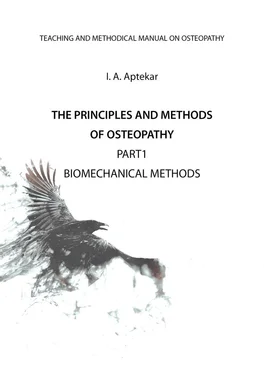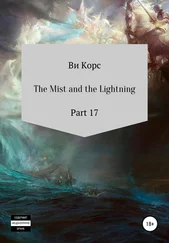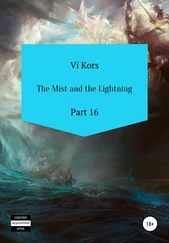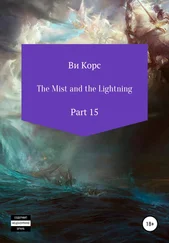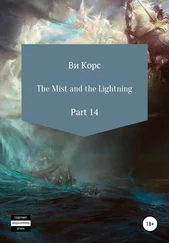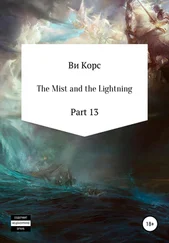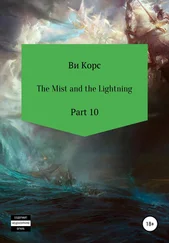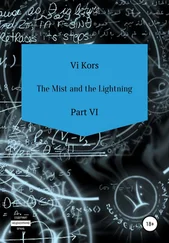The subject of studying osteopathy is human health and its adaptation to environmental changes as well as the conditions for the formation of health, its preservation and development.And in case of lesion – prevention, diagnosis, correction of functional disorders that entail a violation of health. Including we are talking about the prevention of the formation of biomechanical disorders in the form of somatic dysfunctions.
– The subject of osteopathic activity is the restoration of the integrity of the human body with the help of hands.
– Osteopathy is a holistic manual medical system of prevention, diagnostics, treatment and restoration of consequences of somatic dysfunctions entailing breach of health, aimed at restoring the natural abilities of the body to self-correction.
– The specific object of the therapeutic effect of an osteopathic
physician is somatic dysfunction.
– The basis of osteopathy is the fundamental sciences.
– Osteopathy is now integrated into official medicine
– Osteopathy is an evolutionary direction of medicine
– Osteopathy is not divided into parts.
– Health, according to the definition of the World Health Organization (WHO), is the state of complete physical, mental and social well-being and not merely the absence of diseases and infirmity.
– “… An osteopath is looking for health…, every person can find a disease…”
– The official health care system has now focused on finding and effective prevention of diseases.
– The somatic function is expressed by the integrity and neutral calmness.
– Somatic dysfunction as an anatomic morphological substrate is a health manifestation, mechanisms of self-correction and self-restoration; mechanisms of adaptation that are implemented to maintain homeostasis at the stage before the onset of the disease, at the stage of pre-illness.
– Function ( functio – execution, fulfillment) is a phenomenon that depends on another phenomenon and changes as this other phenomenon changes.
– In the case of the human body, the function is an arbitrary or involuntary reaction of the organism in response to the influence of the external environment.
– The functional impairment is a violation of the mechanism of adaptation in the process of vital activity of the organism in the changing external environment.
– A functional disturbance, or a violation of adaptation, can be local, regional, but it is always global.
– The purpose of the function is to adapt effectively
– Somatic dysfunction is primarily a global violation of the adaption of the entire body, the entire soma, a violation of the integrity of the body.
– In working with children under 3—5 years of age, we use a biomechanical method exclusively for diagnostic purposes.
– Functional impairment, or somatic dysfunction, is manifested at the biomechanical level by a change in the state of biomechanical unity; at the functional level – a violation of the synchronous implementation of functions relative to each other and relative to global body functions; at the biodynamic level – a violation of the integrity of the organism and its habitat (mother Nature), of which it is a part.
– Somatic dysfunction is a functional impairment manifested by biomechanical, rhythmogenic and neurodynamic components.
– Three sources of osteopathy:
– unconditional love,
– spirituality,
– holistic health.
– In osteopathy it is customary to distinguish three methods:
– biomechanical,
– functional,
– biodynamic.
– Functions of the human body are manifested by different rhythmic mobility.
– In the process of perceptive diagnostics, the global mobility of the human body is felt as a holistic vibration of a certain force, frequency and amplitude. It can be felt under the hands.
– Violation of synchronicity of interaction between parts of the body leads to a functional and biomechanical violation.
– Sanogenetic reactions of the body, aimed at maintaining homeostasis, go beyond the limits of physiological comfort, forming clinical manifestations of somatic dysfunctions.
– Disease is a variant of adaptation of the organism to changing environmental conditions that has gone beyond the limits of the functional norm.
– Disease is a manifestation of health, the struggle of the organism for its functional integrity, for survival.
– Osteopathic lesion is a complex of functional reactions of the
body as a response to the direct action of exogenous factors.
– The lesion field is a complex of reactions of the organism in the process of its adaptation to the damaging exogenous factor. The lesion field has its own boundaries, the centre (the fulcrum).
– Somatic dysfunction is a manifestation of health in the form of
physiological organism’s reactions in response to osteopathic lesion.
– The main role of the doctor -osteopath is manifested in the prevention of violation of functional unity, the vital integrity of the human body, dysfunctional changes in the immune and autonomic nervous systems.
– The subject of studying osteopathy is human health and its adaptation to environmental changes as well as the conditions for the formation of health, its preservation and development.
– Name the subject of osteopathic activity.
– Give the definition of osteopathy.
– Give the definition of health from the point of view of osteopathy.
– Give the definition of a disease from the point of view of osteopathy.
– Give the definition of osteopathic lesion.
– Give the definition of the lesion field from the point of view of osteopathy.
– Give the definition of the somatic dysfunction.
– Give the definition of the somatic function.
– Give the definition of functional violation (impairment).
– Name the methods of osteopathic correction.
– Bernstein N.A. Biomechanics and Physiology of movements. – M., 1997
– Bernstein N.A. On the Construction of Movements. – M.: Medical State Publishing House, 1947
– Mokhov D.E., Belash V.O., Kuz’mina U.O., Lebedev D.S., Miroshnichenko D.B., Tregubova E.S., Shiryaeva E.E. Osteopathic Diagnostics of Somatic Dysfunctions. Clinical recommendations. – 2014
– Mokhov D.E., Mikirtichan G.L., Lichtschangof A.Z., Malkov S.S. Manual Medicine, Osteopathy: History, Current State, Development Prospects. – Medical State Publishing House, 2011
– Magun Garold. Osteopathy in Cranial Region. – 1951
– Novoseltsev S.V. Introduction to Osteopathy. Private Cranial Osteopathy. Practical Guide (Manual) for Physicians. Folio, 2009
– Still A.T. Osteopathy. Research and Practice. – MIK, 2015
– Still A.T. The Philosophy and Mechanical Principles of Osteopathy. – MIK, 2015
– Human Physiology. The three volumes / Edited by R. Schmidt, G. Tevs. – 3rd edition. – M.: Mir, 2010
– Hebgen E. Visceral Osteopathy. Principles and Techniques. – M.: Eksmo, 2013
– Greenman P. Principles of manual medicine. – Williams and Wilkins, 1989.
– Solano Raymond. Le Nourrisson, L’Enfant et L`Osteopathie Cranienn (Edition Maloine). – Maloine, 1986.
– Still A. T. (1899) Philosophy of osteopathy. Published by author. Kirksville, MO.
– Sutherland W. G. The cranial bowl. A treatise relating (not relaiting) to cranial mobility, cranial articular lesions and cranial technique. Ed. 1. Free Press Co. Mankato, MN, 1939.
…The structure controls the function. The body is a single whole.
The body has self-healing and self-regulating
Читать дальше
